Snowless Summers Loom as Alaska’s Juneau Icefield Melts at Accelerating Rate
Alaska’s Juneau Icefield, home to over 1,000 glaciers, has been melting at an alarming rate. The icefield is now losing snow 4.6 times faster than it did in the 1980s.
This rapid acceleration is causing significant changes to the region’s landscape and climate.
Historic Meltdown
The Juneau Icefield began its retreat after the Little Ice Age ended around 1850. Recent data from a study published in Nature Communications shows that the melt rate sped up dramatically about a decade ago.
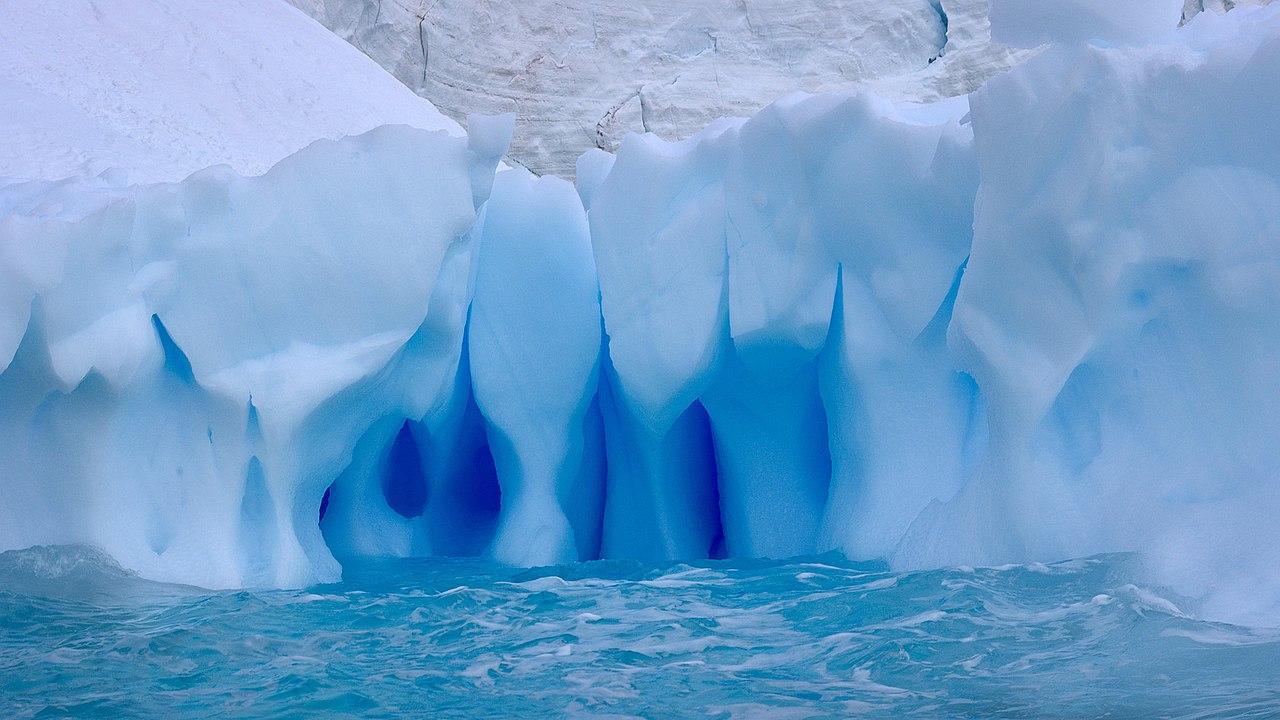
Source: Wikimedia
Researchers tracked snow levels meticulously, providing a clear picture of the icefield’s decline.
Shorter Winters, Longer Summers
The primary driver behind this accelerated melt is climate change. According to study lead author Bethan Davies, shorter winters and longer summers are causing more extensive and prolonged melting seasons.
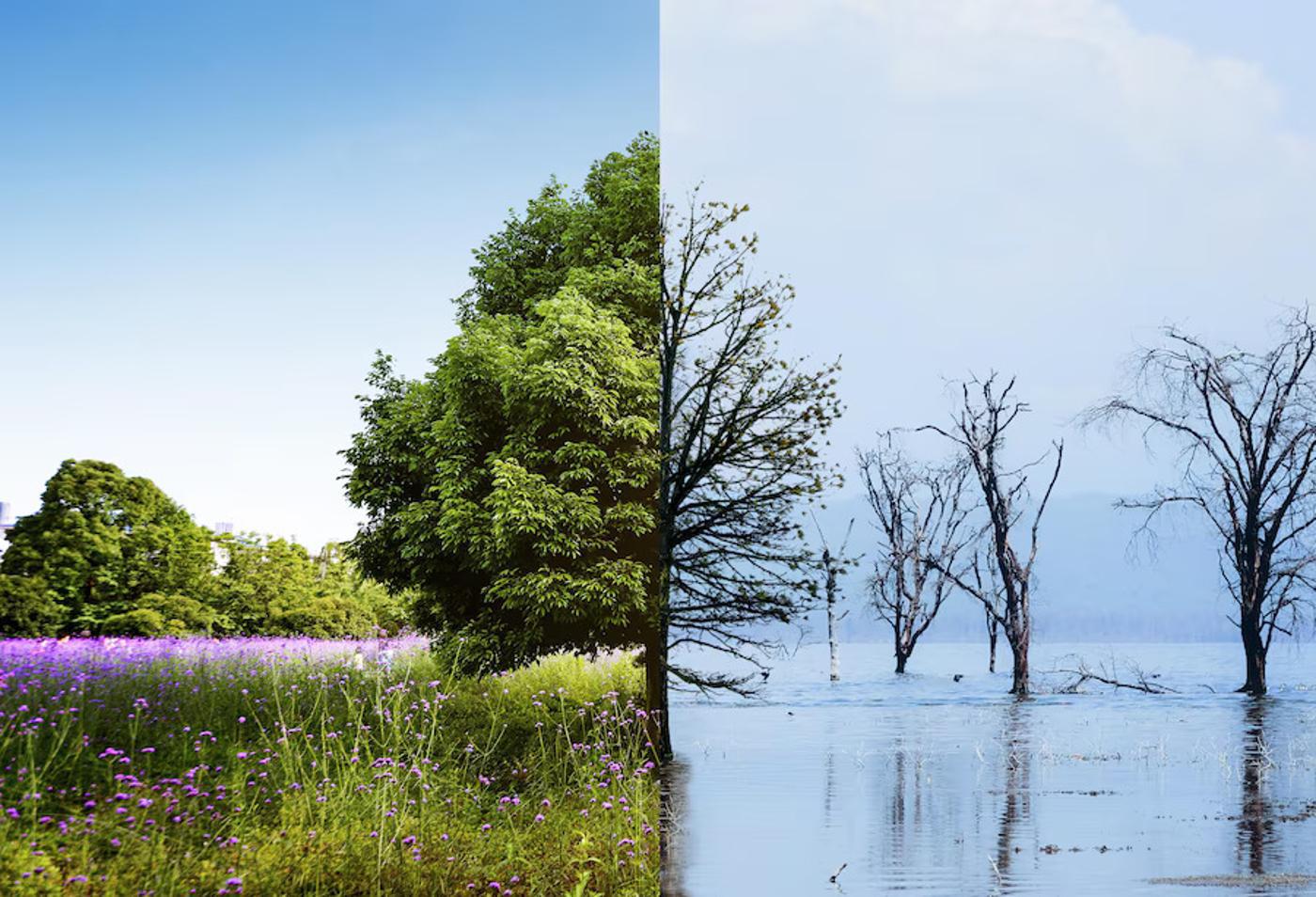
Source: Freepik
This shift in seasonal patterns is evident across the Arctic region.
Dramatic Ice Loss
Study co-author Mauri Pelto highlights that the Juneau Icefield is now losing ice at a rate equivalent to about 50,000 gallons every second.
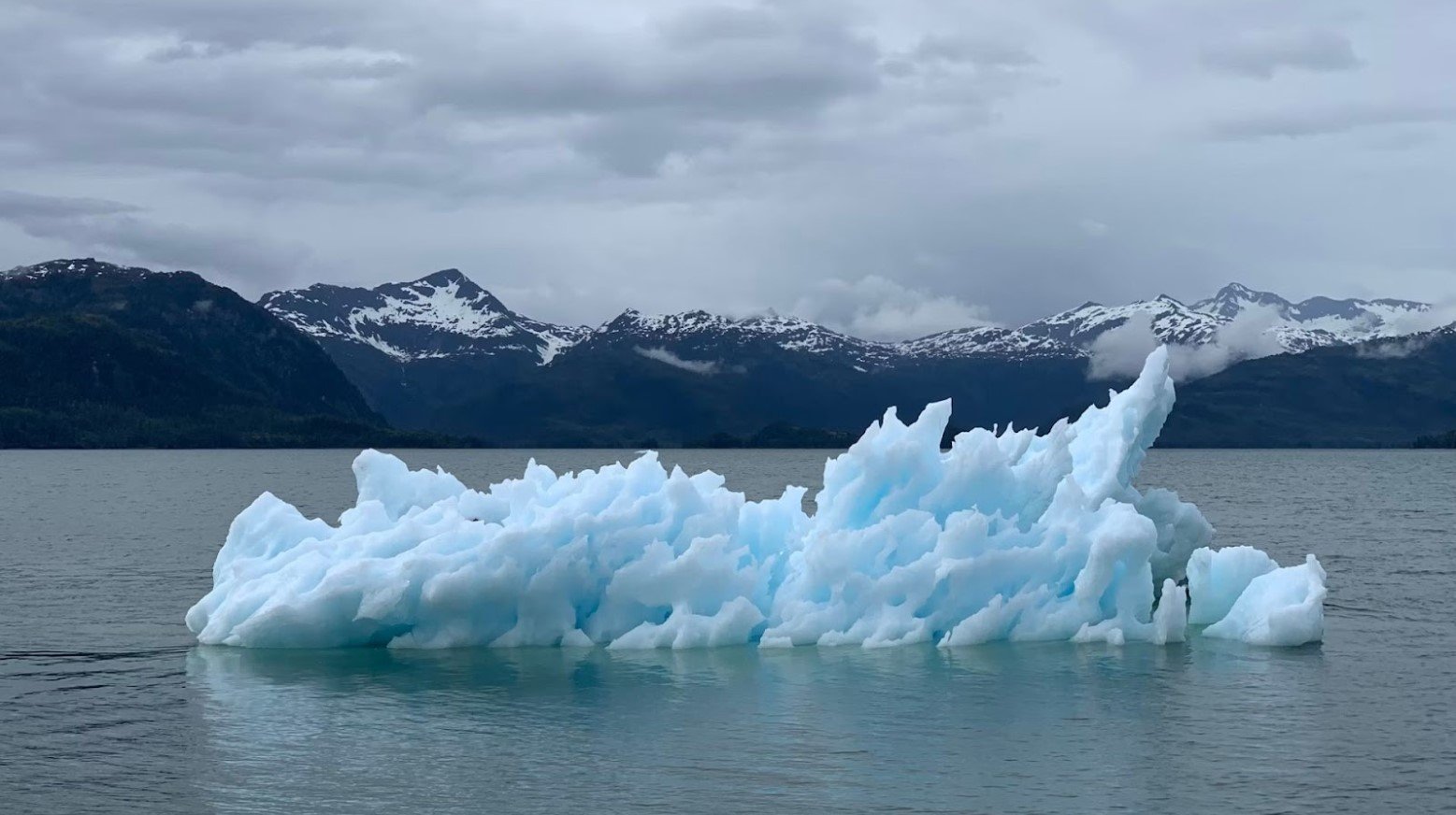
Source: Melissa Bradley/Unsplash
From 2000 to 2020, Alaska experienced the highest ice loss globally, contributing significantly to the overall decline of Arctic ice.
Glaciers Vanishing
Between 1948 and 2005, only four glaciers in the Juneau Icefield disappeared. However, from 2005 to 2019, 64 glaciers melted away, including the significant Antler Glacier.
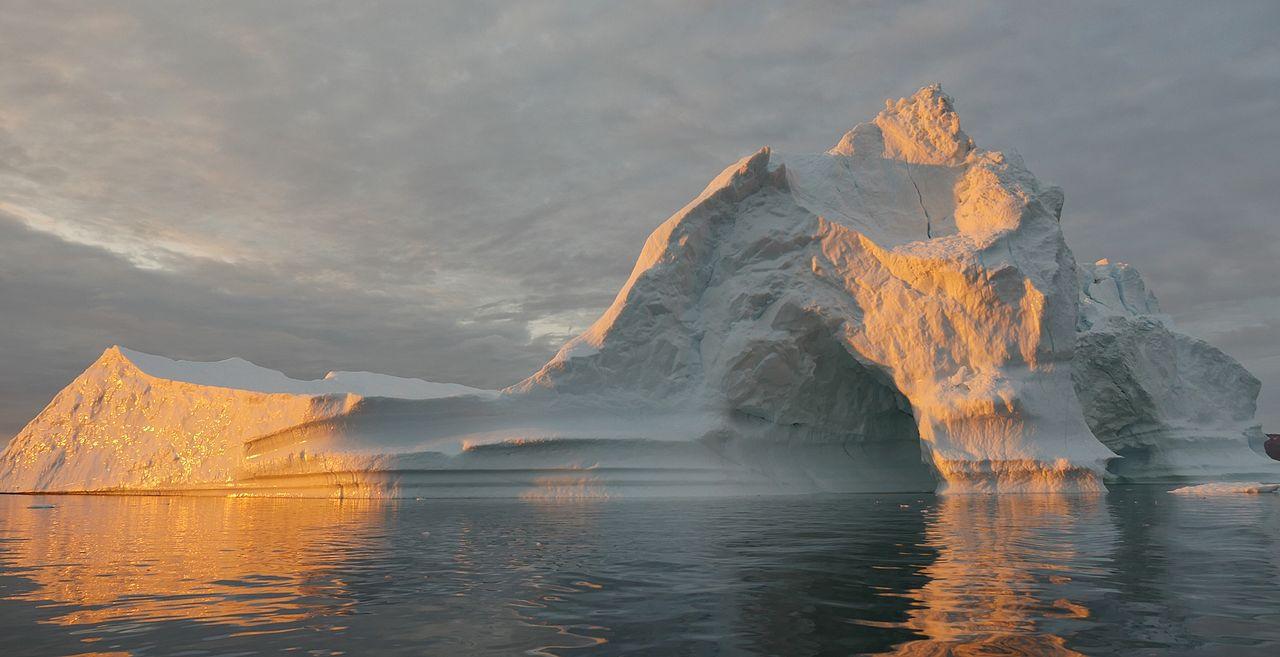
Source: Wikimedia
This dramatic increase in glacier loss conveys the severity of the icefield’s situation.
Tourism at Risk
The Juneau Icefield is a major tourist destination, especially the famous Mendenhall Glacier.
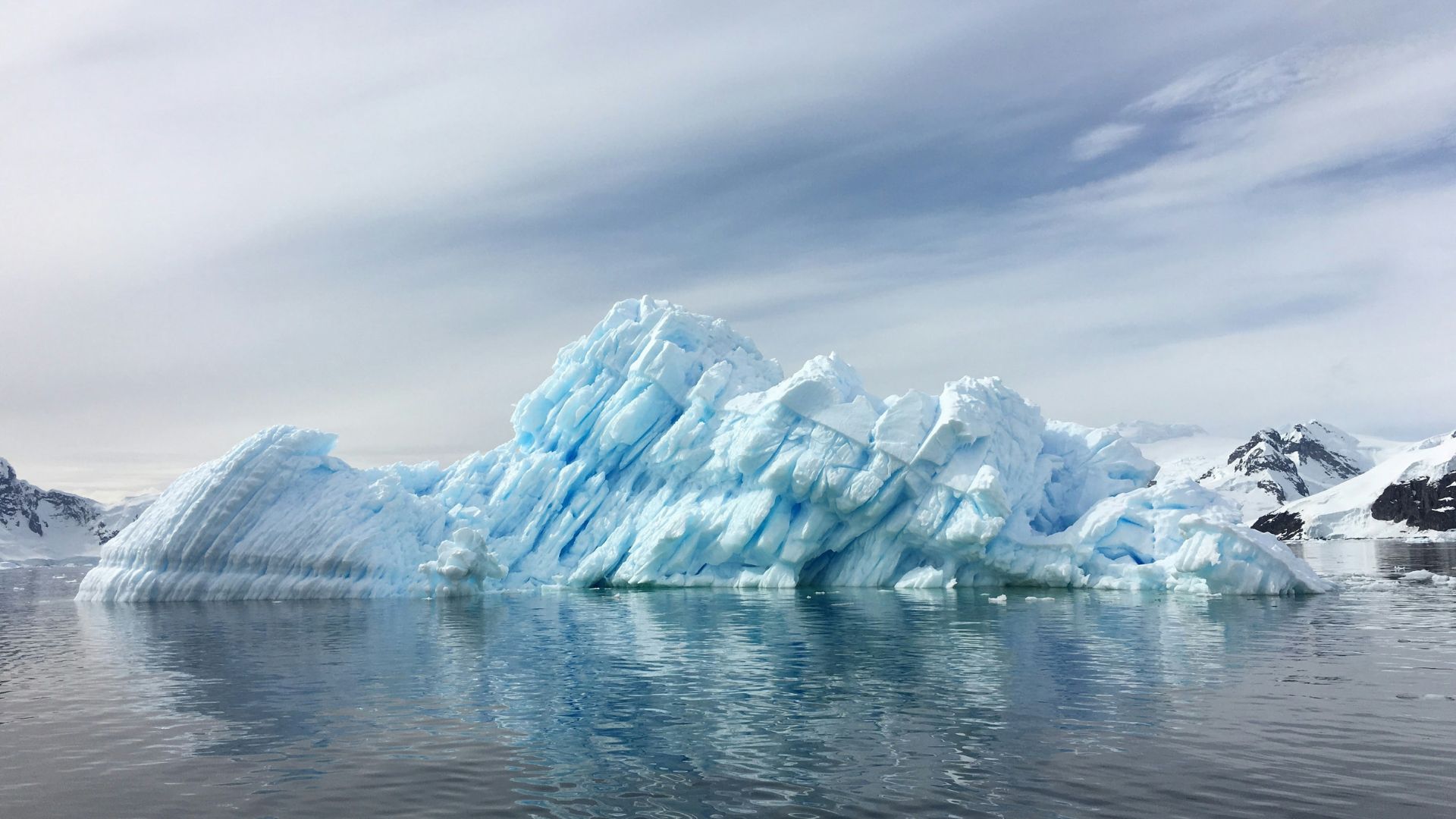
Source: Cassie Matias/Unsplash
With the icefield shrinking rapidly, the future of tourism in the region is uncertain. Visitors are witnessing firsthand the dramatic year-to-year changes in the icefield’s landscape.
Feedback Loop Effects
As glaciers melt, they expose bare rocks that absorb more heat, further accelerating the melt. This feedback loop creates a compounding cycle of increasing temperatures and faster ice loss.
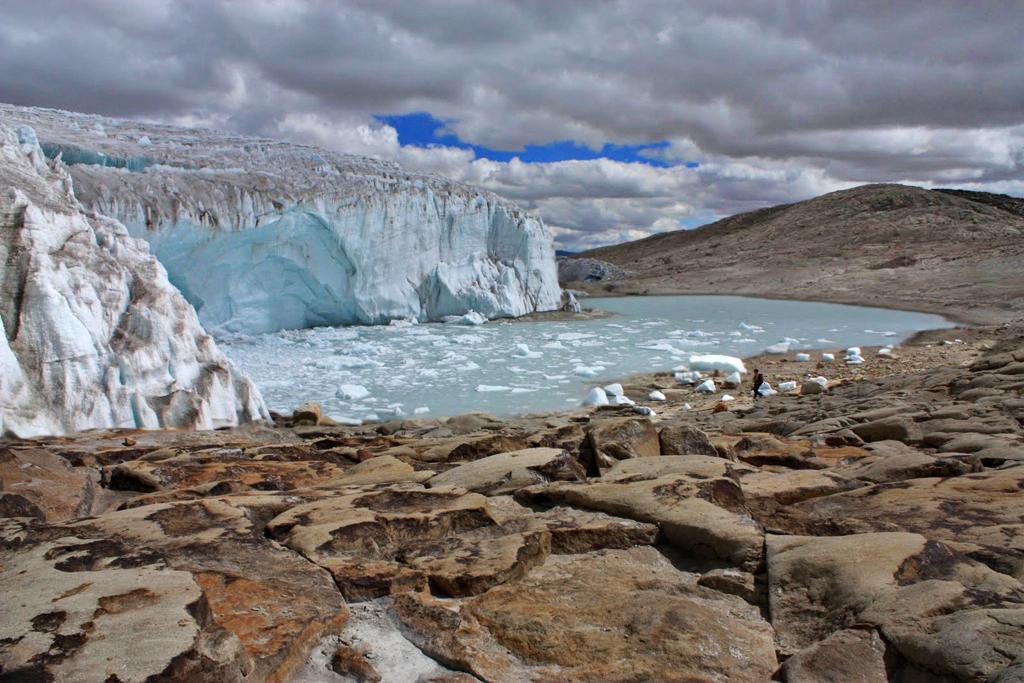
Source: Wikimedia
The snow elevation line, which marks year-round snow cover, continues to rise, exacerbating the issue.
Tipping Points Approaching
The flat shape of the Juneau Icefield makes it particularly vulnerable to reaching tipping points.
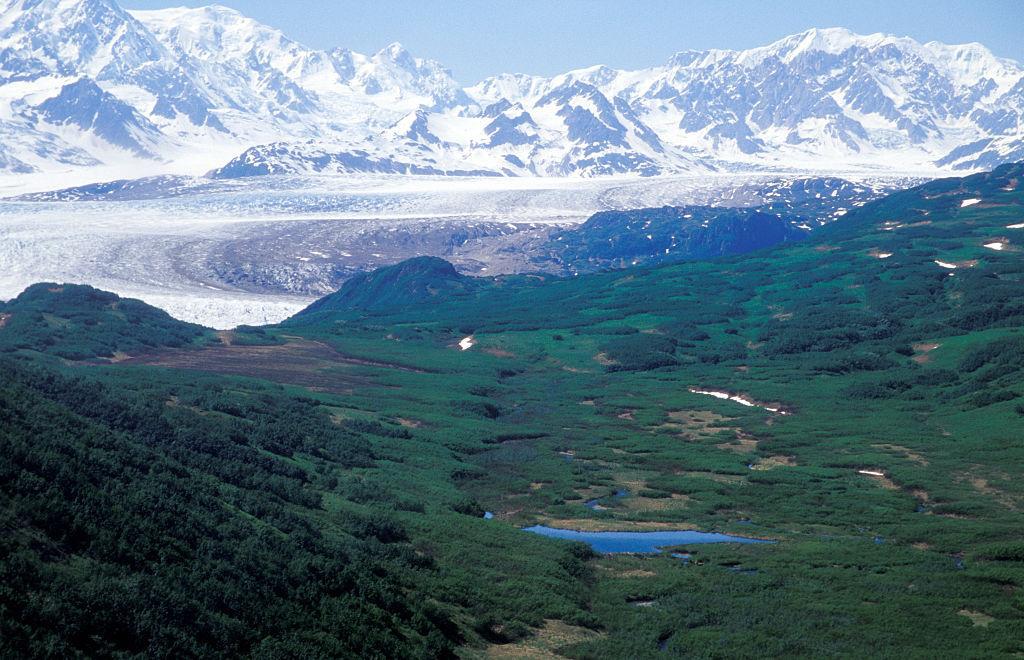
Source: Roger Hutchings/Getty Images
Pelto warns that once the snow line moves above the icefield, vast areas will become more prone to melting, pushing the icefield closer to a critical threshold.
A Cultural Impact
Beyond its environmental significance, the Juneau Icefield holds cultural importance for local communities.
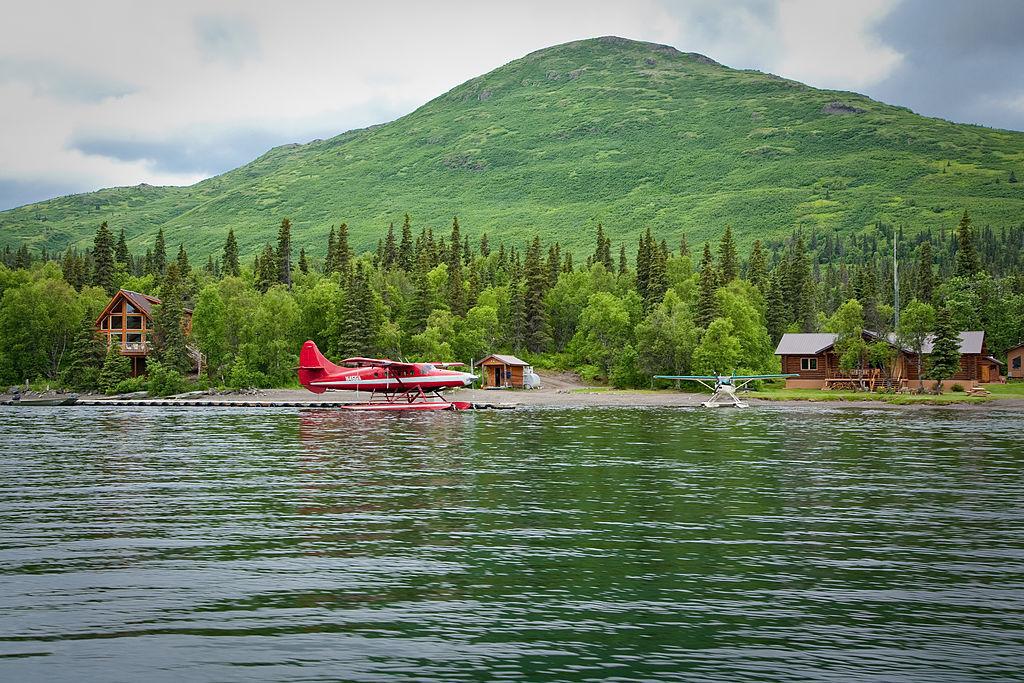
Source: Clark Mishler/Getty Images
The potential loss of this icefield represents a significant transformation for the Arctic region, affecting not just the landscape but also the cultural heritage tied to it.
Research and Observations
Researchers used satellite images, airplane overflights, historical measurements, and archival photos to document the icefield’s changes.
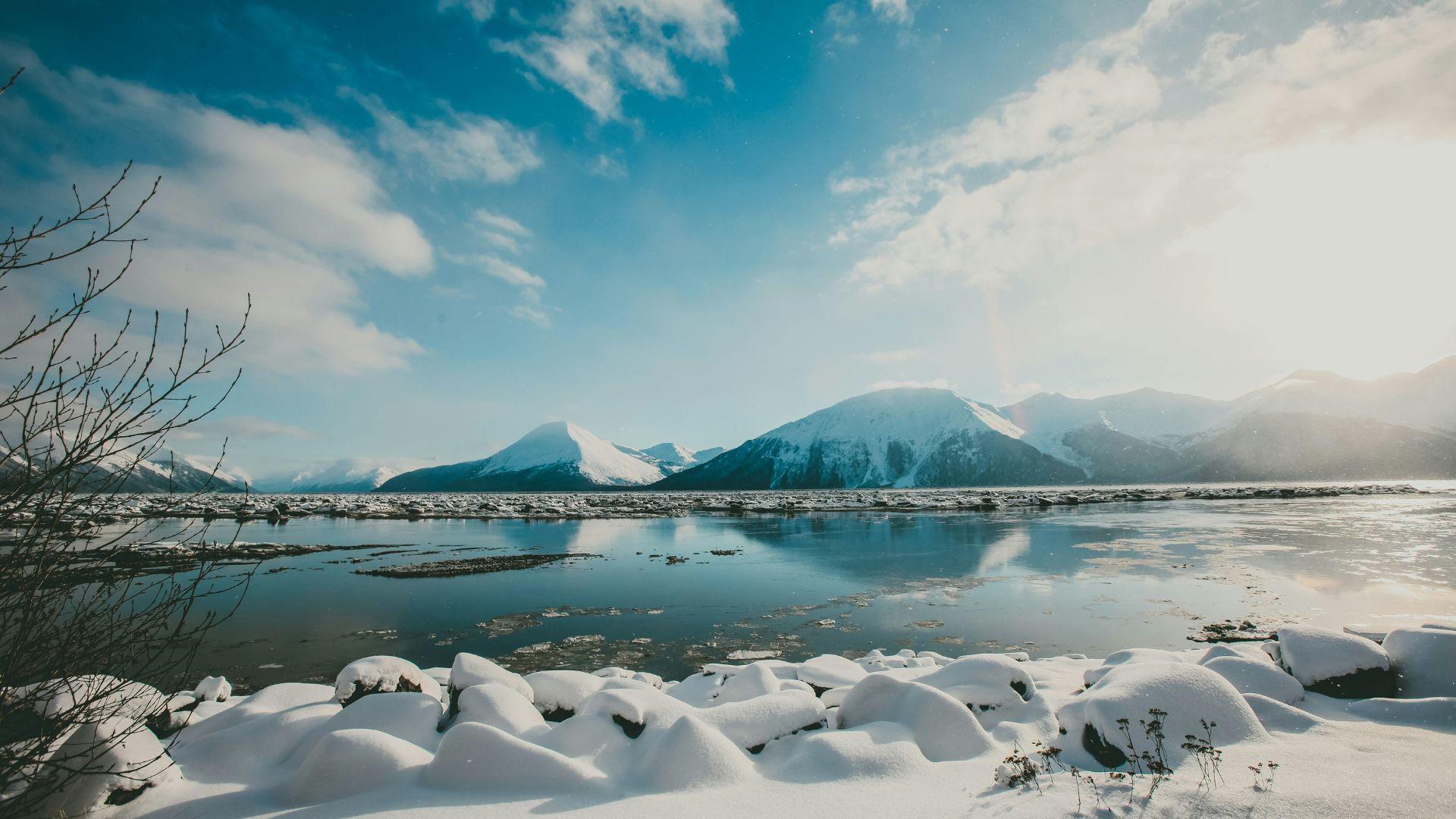
Source: Rod Long/Unsplash
This comprehensive approach provided a long-term view of the icefield’s decline, highlighting the urgency of addressing climate change.
Global Implications
Although the melting of the Juneau Icefield may not significantly impact global sea levels, it serves as a major indicator of broader Arctic changes.
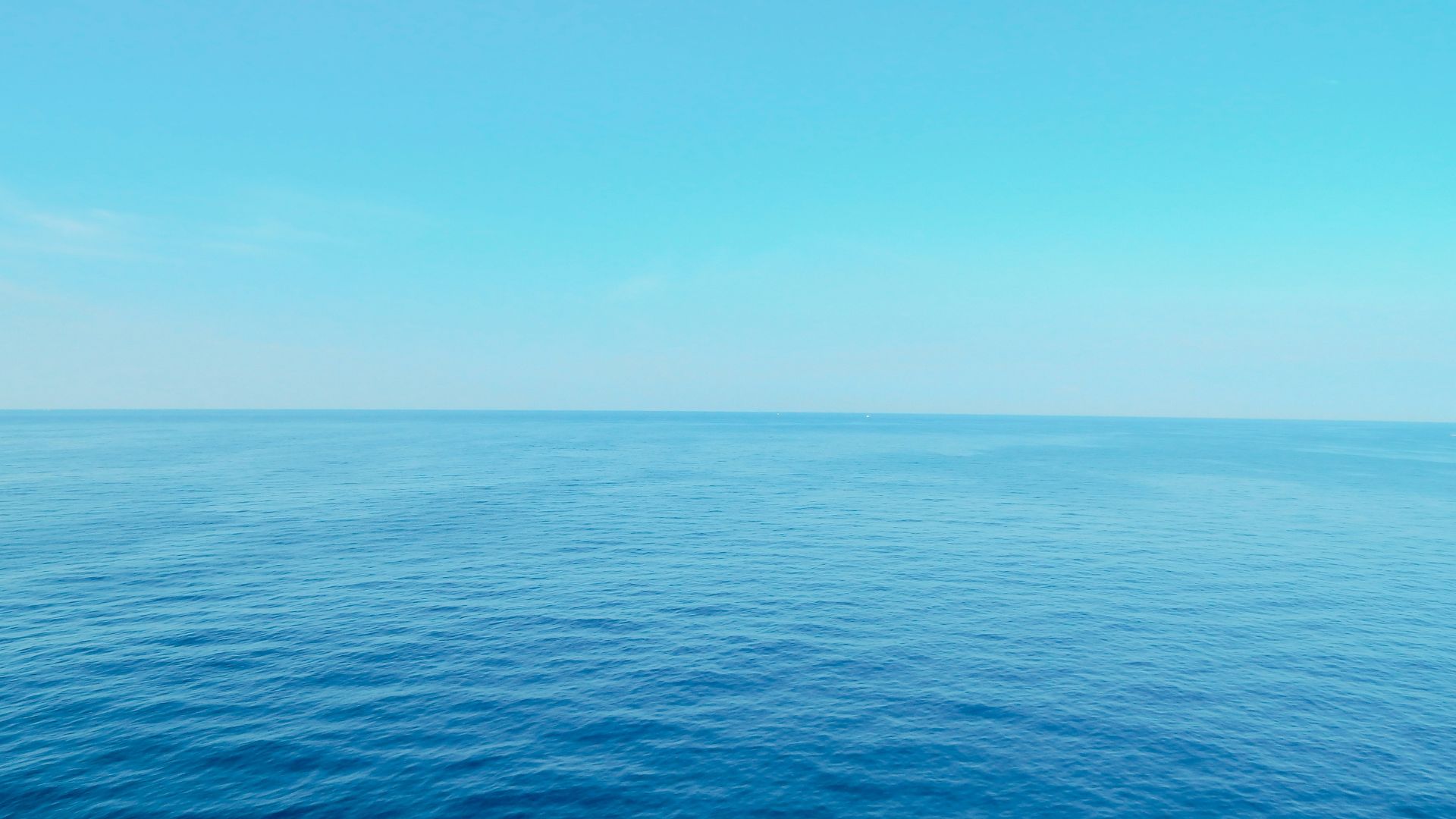
Source: Sarah Brown/Unsplash
The rapid warming and ice loss in Alaska reflect similar trends across the Arctic, emphasizing the need for global climate action.
Future Uncertainty
Looking ahead, experts predict that the Juneau Icefield could reach a tipping point within the next 40 years.
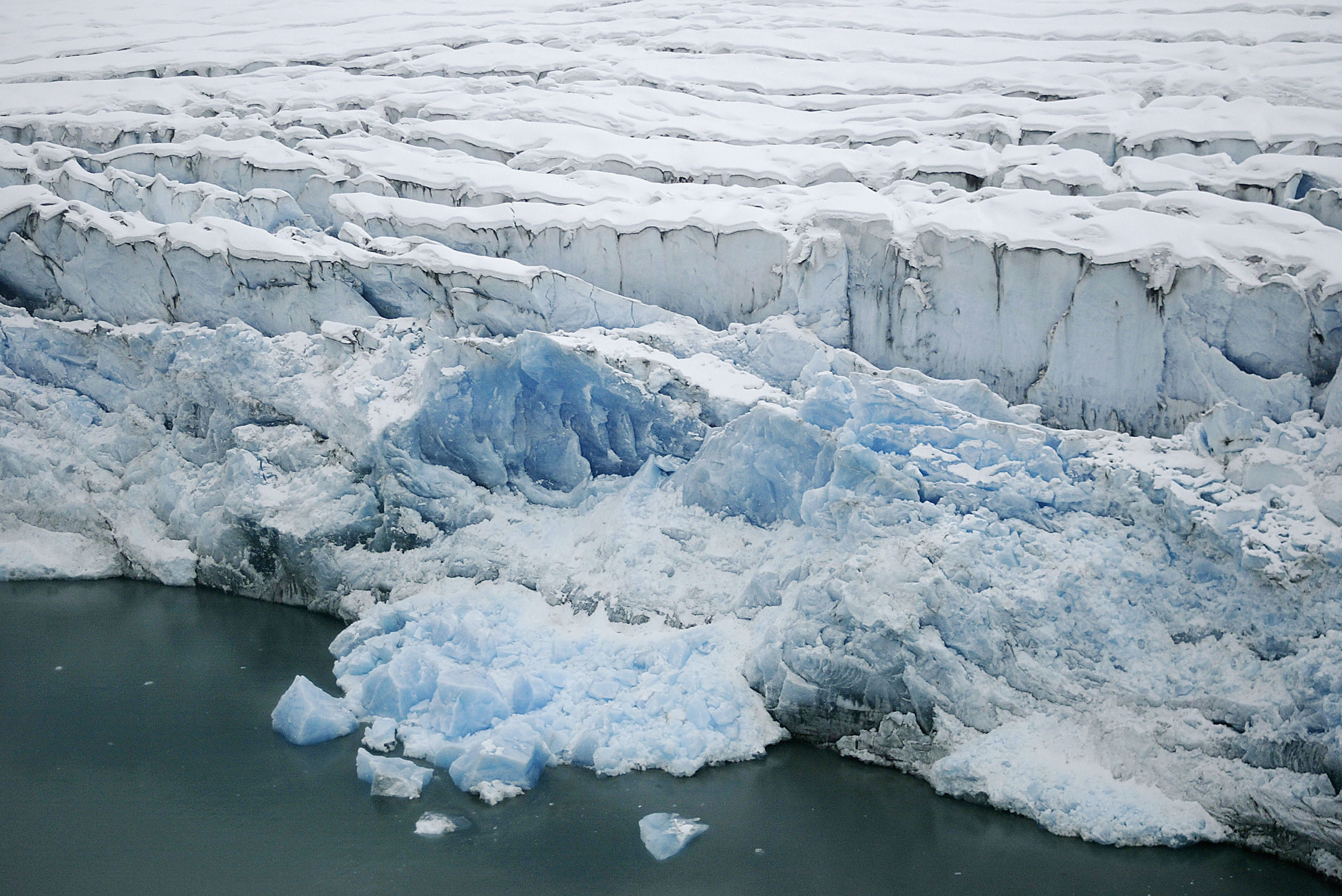
Source: David McNew/Getty Images
Without significant intervention, this iconic icefield may be transformed beyond recognition, leaving future generations to grapple with the consequences of today’s climate choices.
